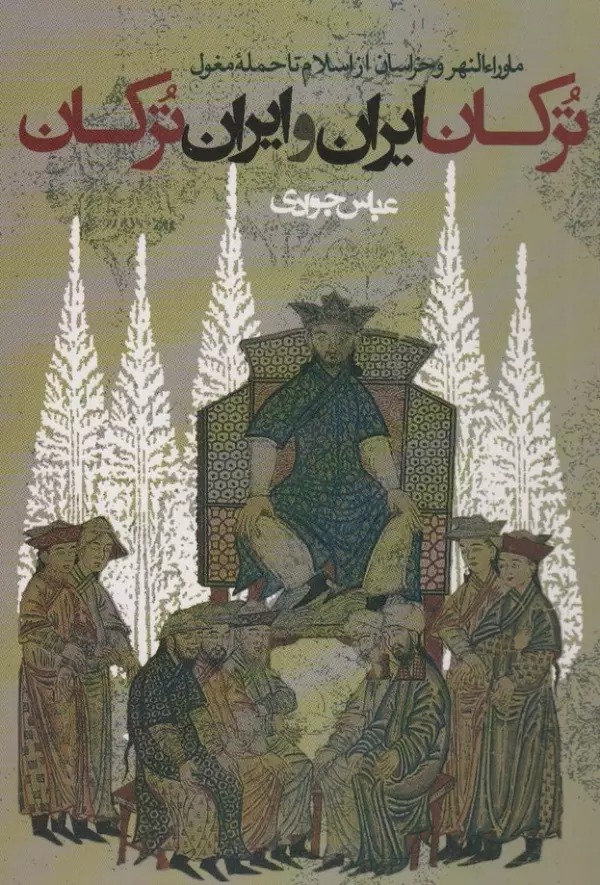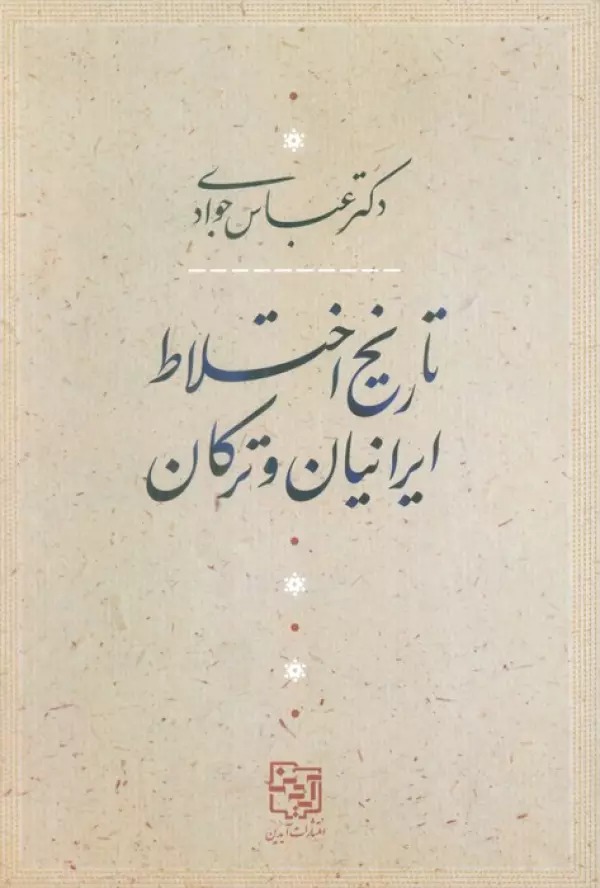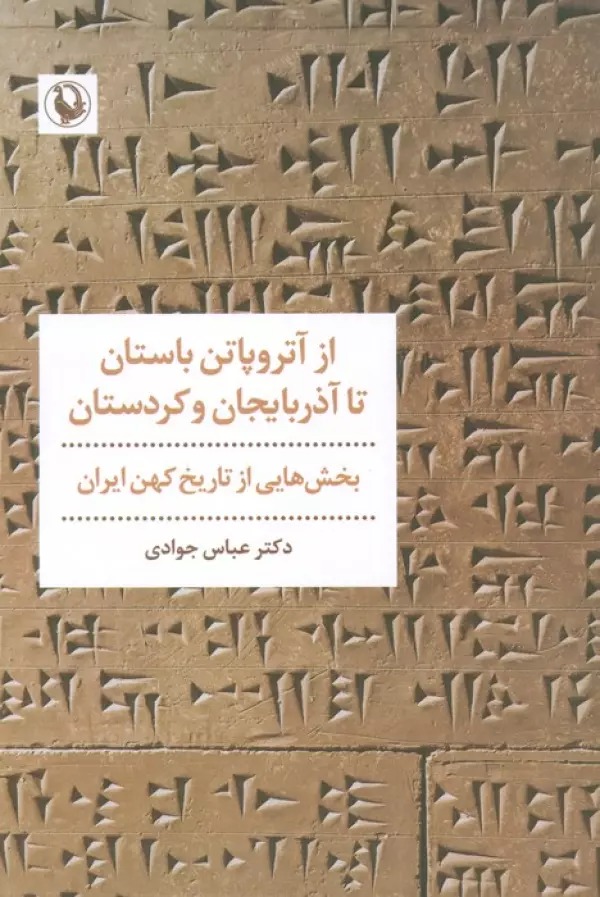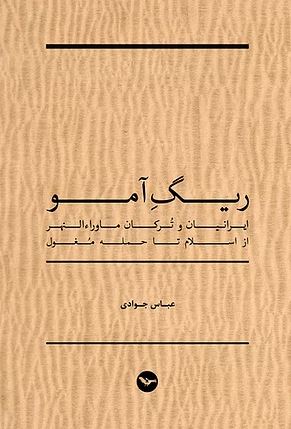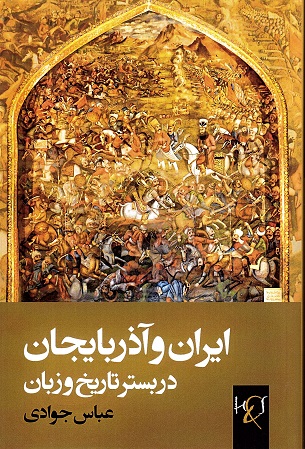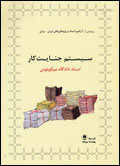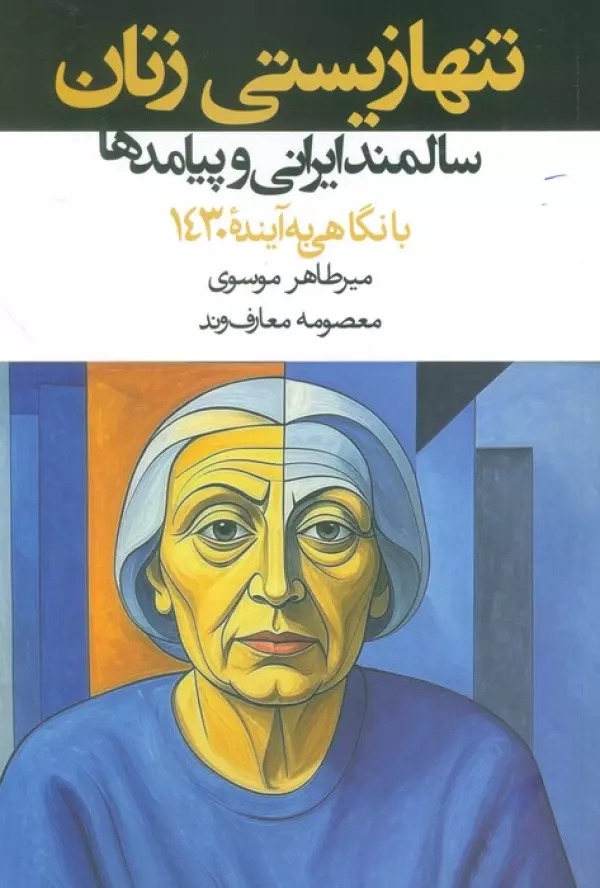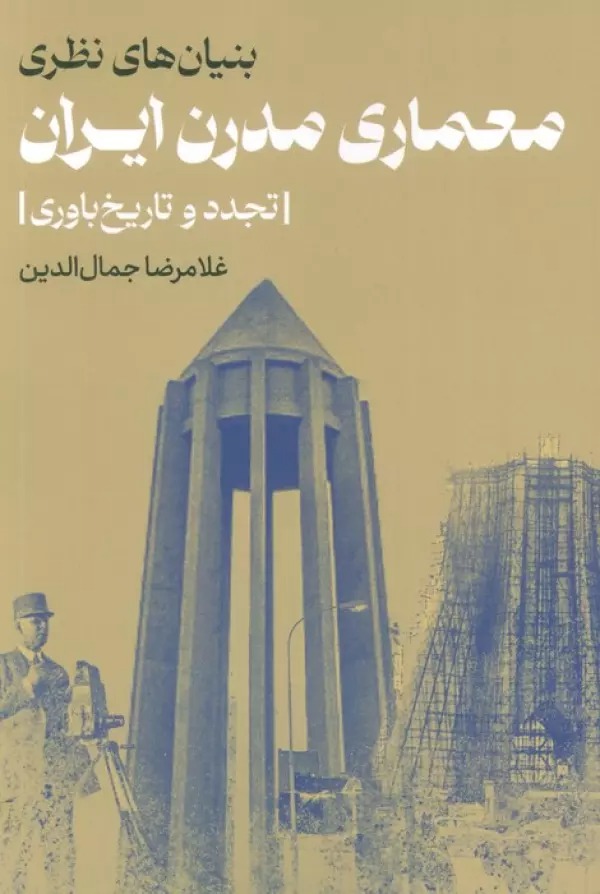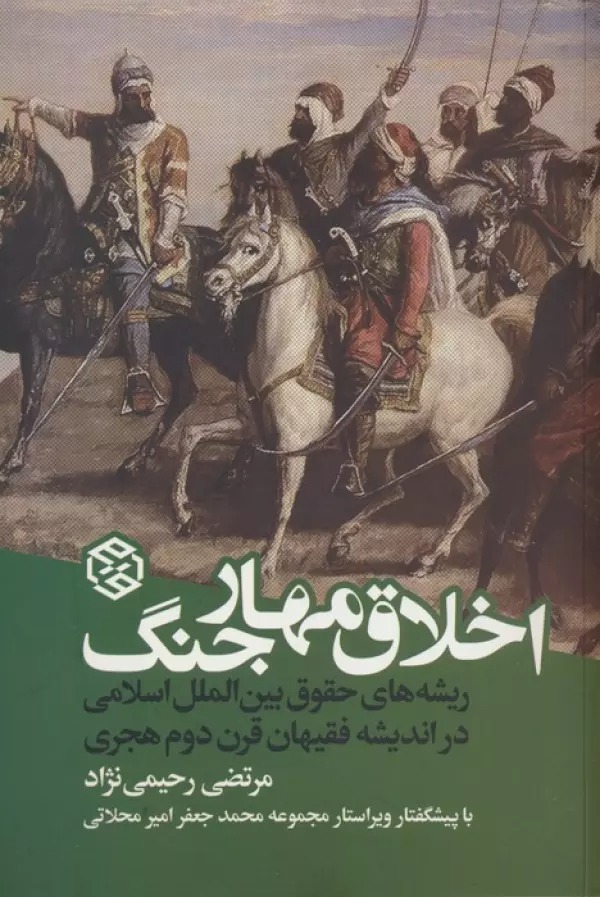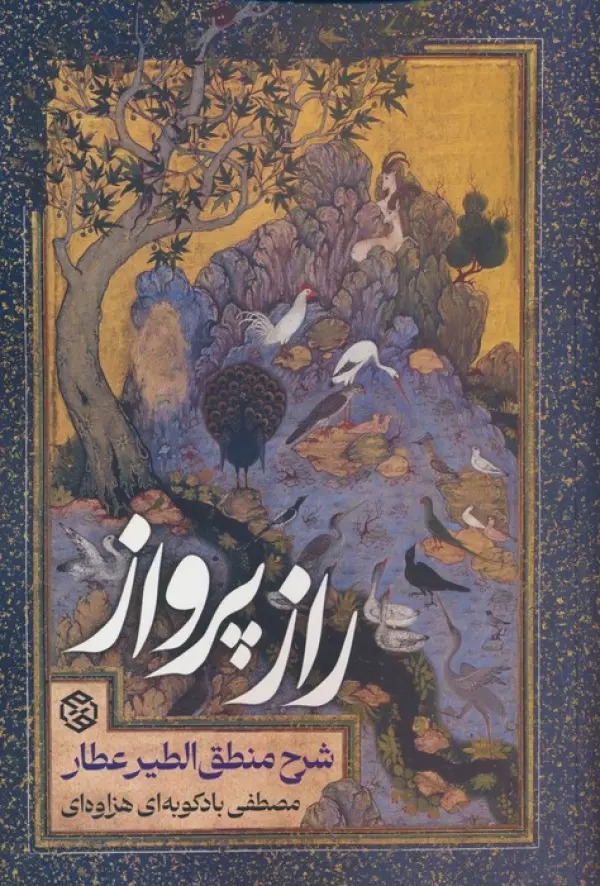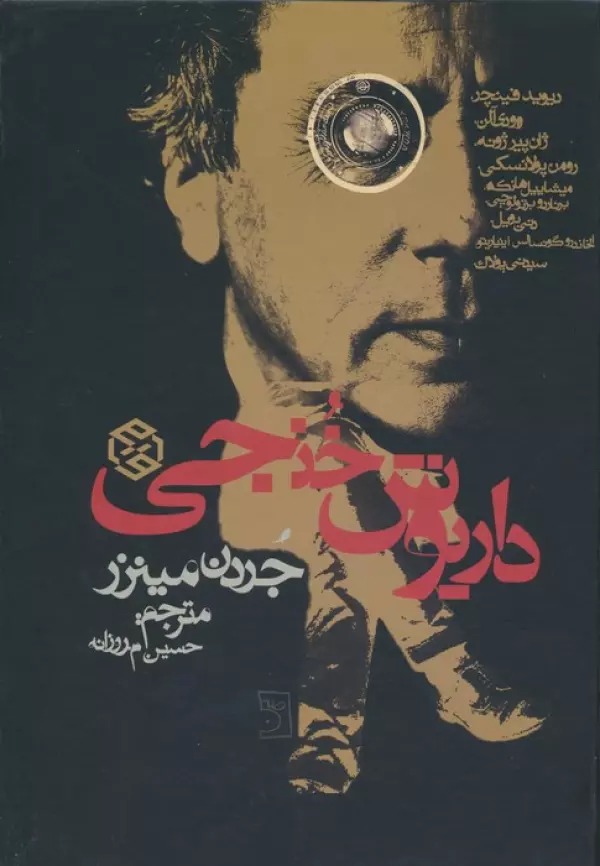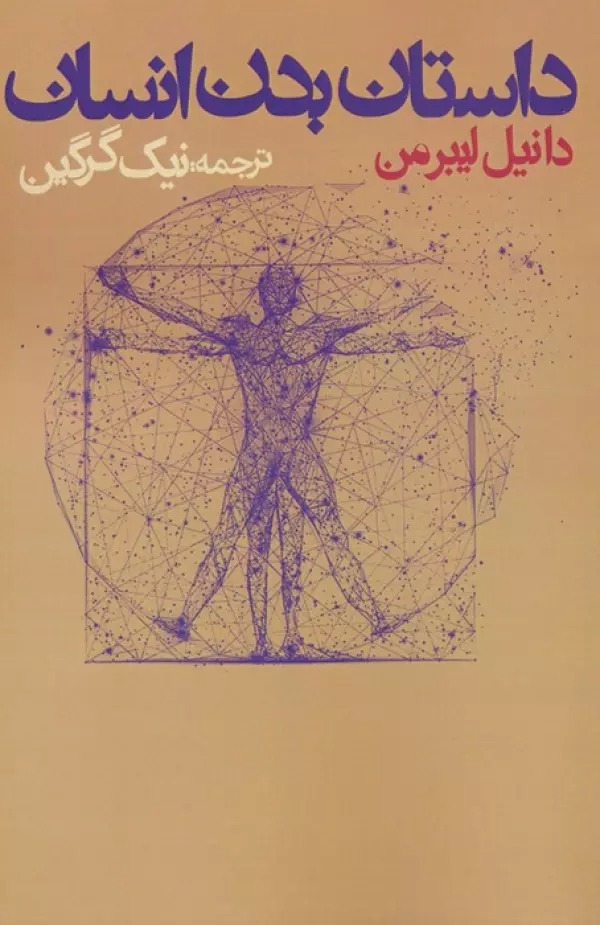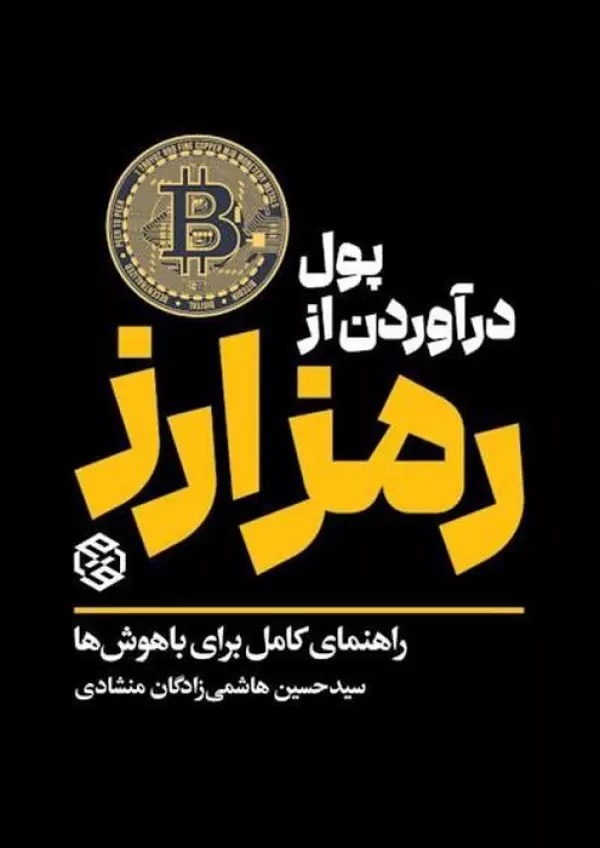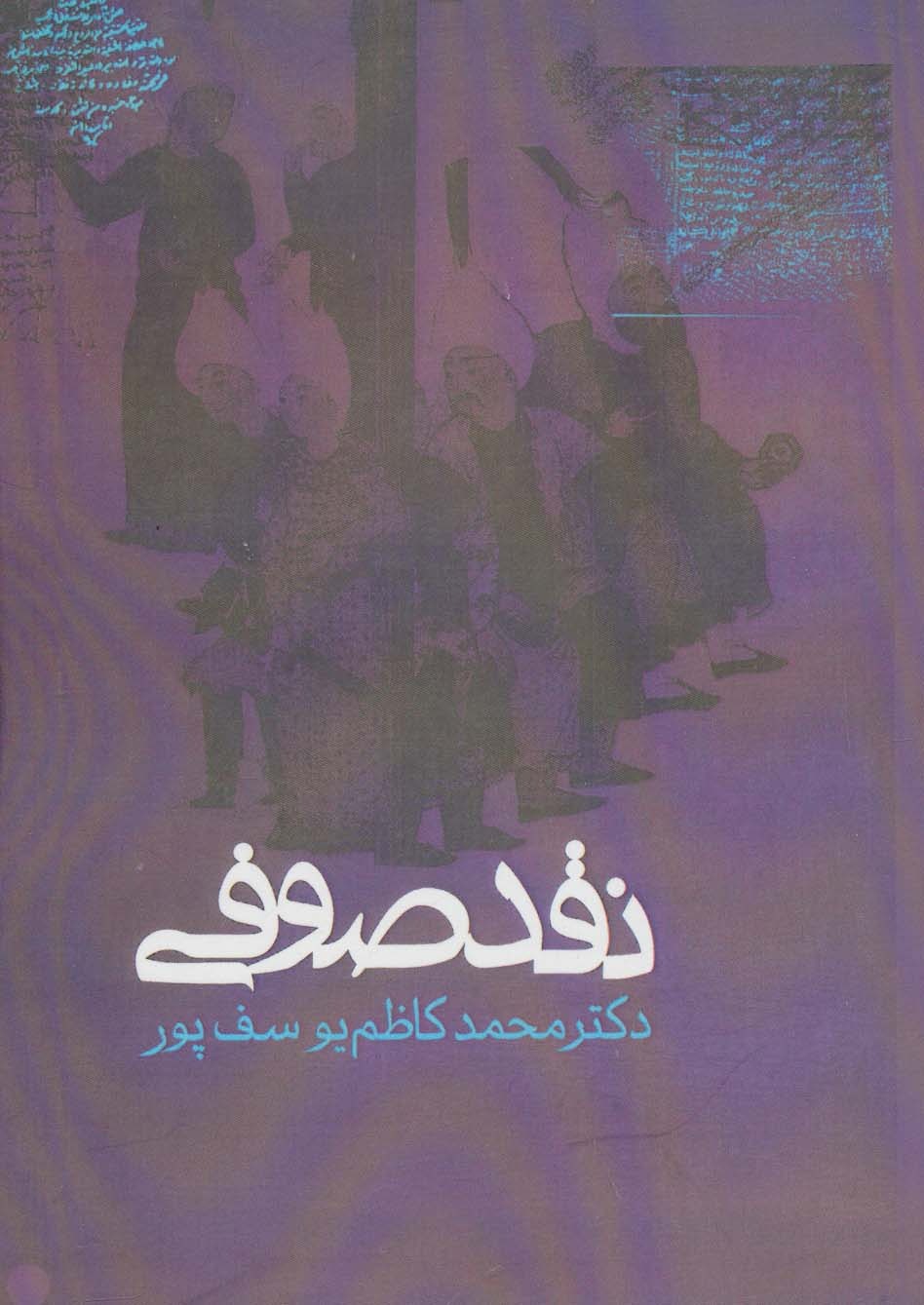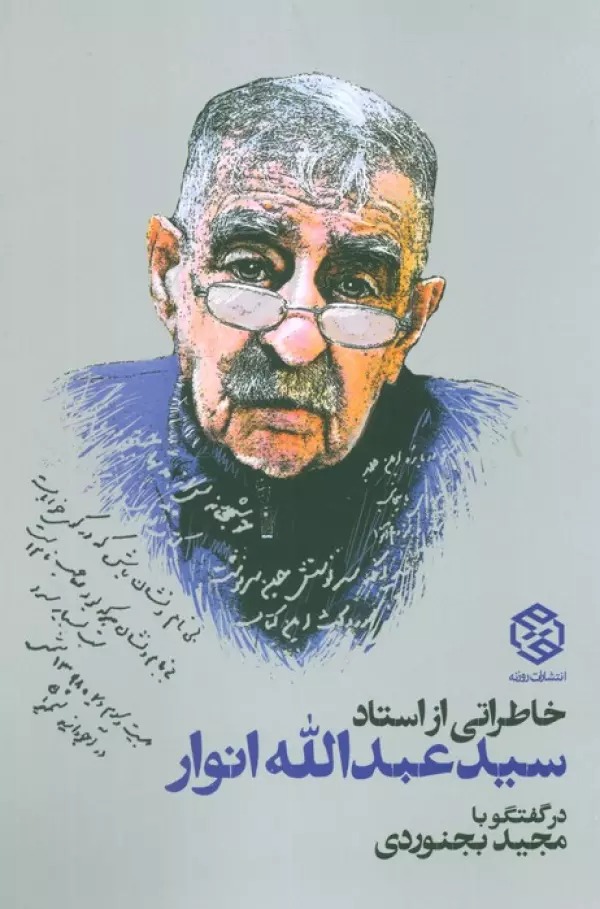Turkān-i Īrān va Īrān-i Turkān: Māvarā'al-Nahr va Khurāsān az Islām tā Ḥamlah-yi Mughul: Persian 1401
ترکان ایران و ایران ترکان:ماوراء النهر و خراسان از اسلام تا حمله مغول
16.74 $
Share
Wishlist
The book "The Turks of Iran and the Iran of the Turks" by Abbas Javadi, an Iranian university professor and historian, as its name suggests, examines the position of the Turks in Islamic lands, especially Central Asia and Transoxiana, after the Arab invasion and the Mongol invasion. The fall of the Sasanian Empire was not just a change of rulers, but in the true sense of the word, the end of a historical era. As a result of the Arab victory, not only the political conditions, but also the religious, ethnic, linguistic, cultural and agricultural conditions of these lands changed. In short, the Arab conquests were a turning point that left extensive and profound consequences in the developments of Transoxiana, Iran and Islam in the following centuries. Interestingly, the main origin of the factors and forces leading to these changes was not the center of the Sasanian Empire, but Greater Khorasan, i.e. Transoxiana, northeastern Iran and northwestern Afghanistan. After the Battle of Talas in 751 AD between the Abbasids and the Tang Empire in China, which led to the defeat of the empire and the end of the dream of expansion to the west, the ground was prepared for the migration of Turkic tribes from northern Central Asia to the southern regions and even to the heart of the Abbasid capital, Baghdad. The absorption of Turks into the hierarchy of the Abbasid government accelerated the acceptance of Islam among them. Of course, Transoxiana Islam was influenced by Iranian beliefs, customs, and traditions. For example, instead of using Arabic religious expressions (such as الصلاة, الصوم, and الرسول), Turkic speakers used their Persian equivalents (ناماز, روزة, قبحام).
more
کتاب «ترکان ایران و ایران ترکان» از عباس جوادی استاد دانشگاه و تاریخپژوه ایرانی همانگونه که از نامش پیداست به بررسی جایگاه ترکان در سرزمینهای اسلامی و بهخصوص آسیای مرکزی و ماوراءالنهر پس از حملهی اعراب تا حملهی مغول میپردازد. سقوط امپراتوری ساسانی نه فقط صرف تغییر حاکمان، بلکه به معنای واقعی کلمه پایان یک عصر تاریخی بود. در نتیجهی پیروزی اعراب نهتنها شرایط سیاسی، که اوضاع دینی، قومی، زبانی، فرهنگی و کشاورزی این سرزمینها نیز متحول شد. بهطور خلاصه، فتوحات عرب نقطهی عطفی بود که در تحولات سدههای بعد ماوراءالنهر، ایران و اسلام تبعاتی گسترده و عمیق بر جای گذاشت. جالب آنکه خاستگاه اصلی عوامل و نیروهای منجر به این تغییرات، نه مرکز امپراتوری ساسانی، بلکه خراسان بزرگ، یعنی ماوراءالنهر، شمال شرقی ایران و شمال غربی افغانستان بود. پس از نبرد تالاس در سال 751 میلادی میان عباسیان و امپراطوری تانگ در چین که منجر به شکست امپراطوری و پایان رویای توسعه به سوی غرب شد، زمینه برای مهاجرت قبایل ترک از شمال آسیای مرکزی به مناطق جنوبیتر و حتی قلب پایتخت عباسیان یعنی بغداد فراهم شد. جذب ترکان در سلسله مراتب حکومت عباسی باعث شد قبول اسلام در میان آنان سرعت بگیرد. البته اسلام ماوراءالنهری تحتتاثیر باورها، آداب و رسوم ایرانی قرار داشت. برای نمونه، ترکیزبانان بهجای استفاده از تعابیر مذهبی عربی (مانند الصلاة، الصوم و الرسول)، معادلهای فارسی آن (نماز، روزه، پیغمبر) را به کار گرفتند.
more

